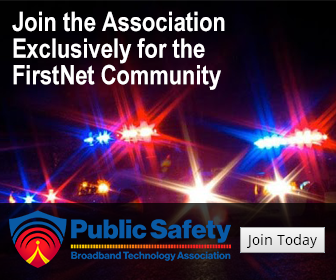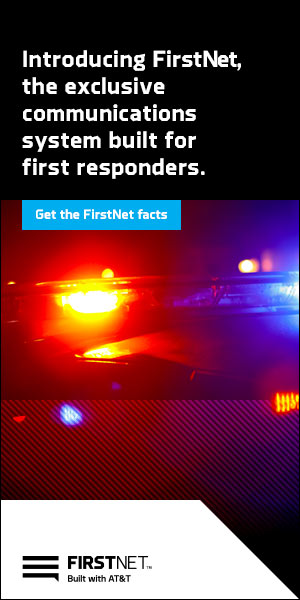by AllThingsECC.com | Feb 25, 2021 | Articles, Comm Center News
The last week in February is very busy for me. I am working to complete a number of projects and I am still looking for time to get back to my book on FirstNet history, which I thought would have been completed by now. Therefore, this week I will be brief. I am providing a quick look at some news items and look back at my April 15, 2013 Advocate in which I referred to an important document published by the National Public Safety Telecommunications Council (NPSTC) that I believe should still be of interest to elected officials today…
by AllThingsECC.com | Feb 23, 2021 | Articles, Comm Center News
Public safety communications systems are not only essential for first responders but are required in multidwelling apartments, stadiums, hospitals, schools, enterprises and any other occupied building. These emergency responder communication enhancement systems (ERCES) ensure seamless connectivity in all areas of a building, including exit stairwells and passageways, elevators and basements…
by AllThingsECC.com | Feb 23, 2021 | Articles, Comm Center News
Now entering its fourth year of operation, FirstNet is still seeing rapid growth across several metrics.
That makes sense, given the ambitious nature of the project: FirstNet is the United States’ big attempt at creating a nationwide, interoperable network for public safety communications, and it’s been in the making since the turn of the millennium…
by ECC Editor | Feb 19, 2021 | Articles, Comm Center News
More than 80% of calls to 911 come from a cellphone and often from a high-rise. But in cases when callers can’t communicate their location, the over 5,000 locally run 911 centers, or public safety answering points (PSAP) aren’t easily able to track them. Fixing the system could save more than 10,000 lives and $97 billion per year according to the FCC. Major companies like Apple, Google, Motorola and startups like RapidSOS have tried to fill the technology gap, but so far, that’s not enough. Watch the video to understand the conundrum of a large and fragmented national system that is run and funded locally, and how the federal government may be its only hope for a complete overhaul… READ MORE
by ECC Editor | Feb 18, 2021 | Articles, Comm Center News
FCC commissioners took the first step in fulfilling a mandate from Congress by unanimously approving a proposed rules to help tackle the longstanding issue of states and other governmental entities diverting revenues from 911 fees to initiatives that are not related to the emergency-call workflow.
In December, Congress passed the “Don’t Break Up the T-Band Act of 2020,” which included language directing the FCC to adopt rules by June 25 that define what types of funding would constitute improper diversion of revenues collected from 911 fees charged to phone subscribers. In addition, the legislation charged the FCC with establishing an interagency strike force to study the matter and report to Congress in the fall… READ MORE
by ECC Editor | Feb 18, 2021 | Articles, Comm Center News
Each year, states consider or enact legislation aimed at supporting and improving the efficiency of 9-1-1 emergency communication services. The National 9-1-1 Program and the National Conference of State Legislatures (NCSL) are pleased to make a summary of 2020 key enacted legislation available.
Since 2012, the 9-1-1 Legislation Tracking Database has served as a resource for states looking to improve their emergency communications operations or gather insight into neighboring legislative efforts. It allows states to easily compare recently enacted—or modifications to existing—laws involving 9-1-1… READ MORE


